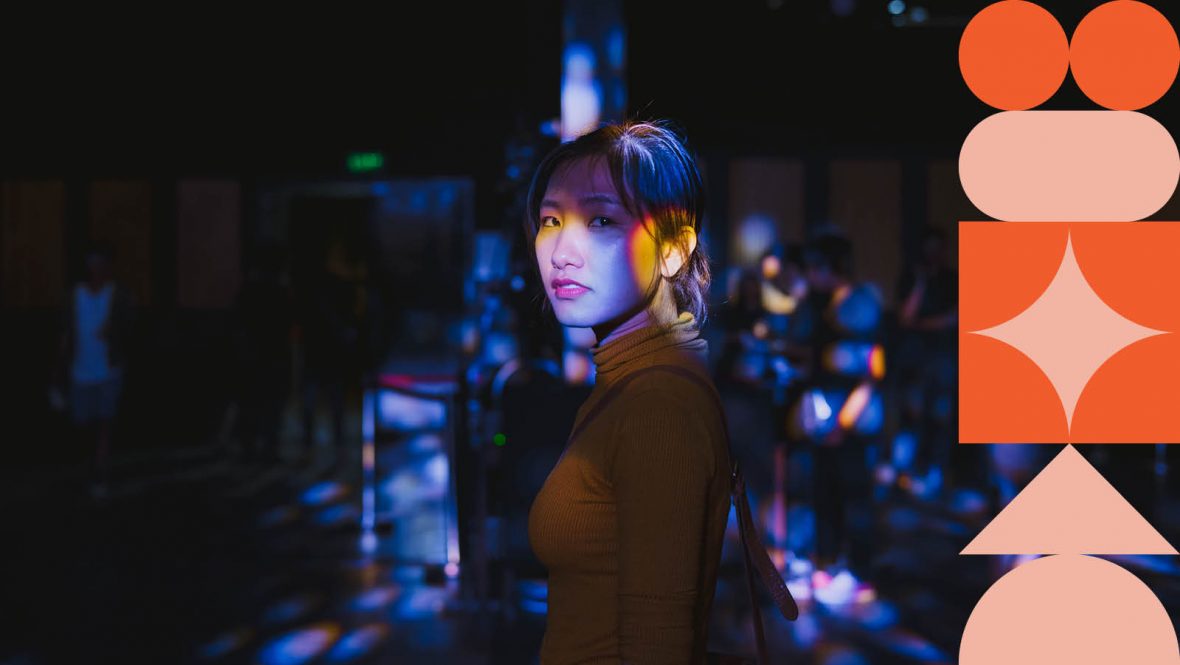What Global Advertisers Need to Know About Asian-Pacific Markets in 2019
- News
- January 16, 2019
- Kieley Taylor
DID YOU KNOW HOTELS WITH CASINOS ARE PROHIBITED FROM ADVERTISING IN CHINA?
Likewise, there are strict rules governing the marketing of a range of other industries, products and services in the People’s Republic, from food and spirits to banks, real estate and institutions of higher learning.
And to launch a culturally relevant “nationwide” campaign in India, a marketer will need to create two dozen versions to accommodate nearly two dozen official languages there.
Heading into the new year, there’s still much that global advertisers must understand about APAC markets. Sometimes, such details are regulatory, other times linguistic or technological. In all instances, being culturally relevant and sensitive is key — some have learned the hard way. Take the Italian fashion brand, Dolce & Gabbana, whose recent series of short-form videos on the Chinese social network Weibo proved culturally insensitive and had to be scrapped. Knowledge of the lay of the land, of cultural traditions and taboos, is paramount.
GroupM’s new WeChat incubator in Beijing has been a breakthrough, innovative approach for international advertisers operating in China or keen to connect with Chinese travelers and ex-pats. Using our local specialists’ deep knowledge of rules and restrictions for ad placements — and offering in-language support for the country’s diverse languages and dialects — brands representing categories ranging from travel and apparel to luxury goods and quick-serve restaurants (QSR) have created culturally resonant, highly effective campaigns. These have included short-form video, a format proven especially effective in countries like China and India with a diversity of languages and explosive growth in mobile usage.
Read Taylor’s Full POV in The Drum’s Cultural Exchange here.
